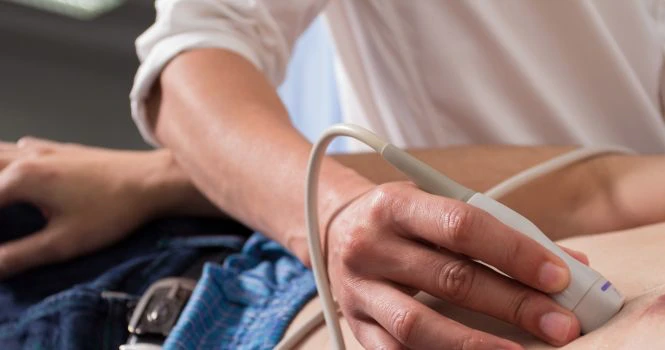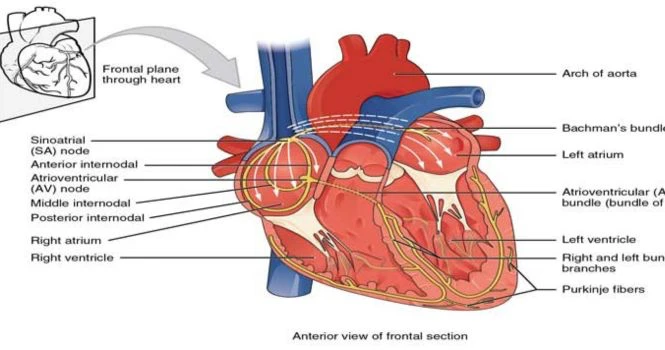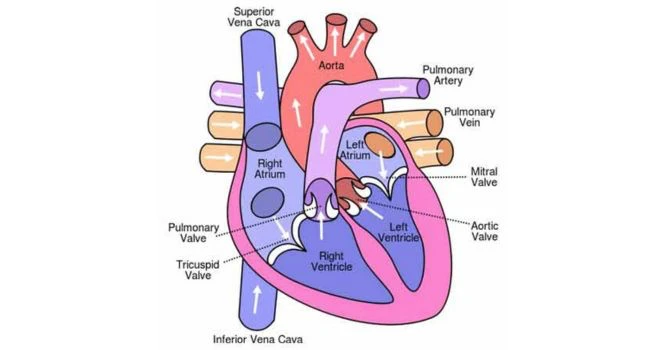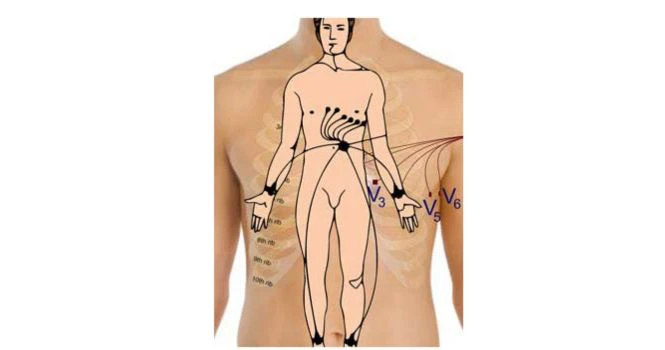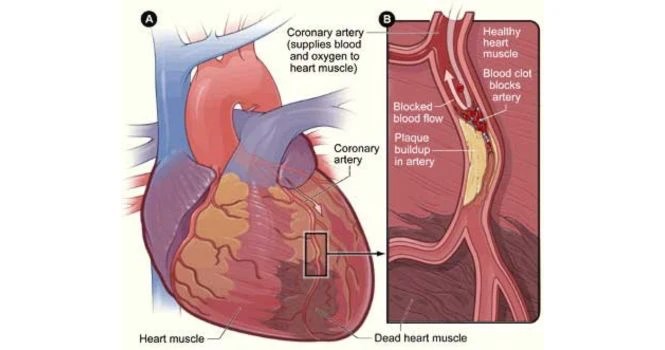What is Cholesterol?
Cholesterol is a wax like substance useful in the process of making steroids like Aldosterone, Cortisol, Testosterone and also involved in synthesis of Vitamin D.
It is found in all body cells.
They can be sourced from the diet or from endogenous synthesis (produced by the body)
Types of Cholesterol
- LDL (Low density lipoprotein)
- HDL (High density lipoprotein)
- VLDL (Very low density lipoprotein)
- Triglycerides
LDL (also called the BAD cholesterol) transports the cholesterol to cells, where the cells use it in membranes, or for the synthesis of steroid hormones.
On the other hand, HDL (also called the GOOD Cholesterol) picks up the soft waxy cholesterol deposited in the arteries and delivers it to liver, which in turn converted into bile. It’s associated with lower risk of cardio-vascular disease.
What is the difference between Lipids and Cholesterol?
A lipid (also called Fat) is chemically defined as a substance that is insoluble in water and soluble in alcohol, ether, and chloroform.
Cholesterol comes under the broad definition of Lipids.
Lipids include fatty acids, neutral fats, waxes and steroids.
Compound lipids (Lipids complexed with another type of chemical compound) comprise the
Lipoproteins,
Glycolipids and
Phospholipids
Lipoproteins are Lipids and Proteins
Glycolipids are Sugar and Lipids
Phospholipids are Lipids containing a phosphate group.

Why is 12-hour overnight Fasting necessary before getting a Lipid Profile Test?
After a fat-containing meal, plasma triglyceride levels rise and both HDL and LDL cholesterol levels fall modestly, so it’s necessary and mandatory to fast for 12 hours before the test. Fasting before the test also ensures that the food is digested well and does not interfere with the results
At what age should people test their cholesterol levels?
AHA Recommendation: (American Heart Association)
“We recommend that all adults age 20 or older have their cholesterol and other traditional risk factors checked every four to six years, and work with their healthcare providers to determine their risk for cardiovascular disease and stroke”
Children from high-risk families (parents with high cholesterol, or parents or grandparents with heart disease at 55 years or younger) should have their levels tested.
What are Normal Cholesterol levels?
Total Cholesterol: in mg/dL(Milligram per Decilitre)
200 Desirable
200-239 Borderline High
> or = 240 High
LDL Levels: (Bad Cholesterol) in mg/dL(Milligram per Decilitre)
<100 Optimal
100 – 129 Near or Above optimal
130 – 159 Borderline High
160 – 189 High
> or = 190 Very High
HDL Levels: (Good Cholesterol) in mg/dL(Milligram per Decilitre)
< 40 Low
> or =60 High
Triglycerides: in mg/dL(Milligram per Decilitre)
<150 Normal
151-199 Borderline high
200-499 High
> or = 500 Very high
A person with additional risk factors for coronary artery disease should NOT be reassured when the total cholesterol levels are normal or when HDL is below 40 mg/dL. In such a scenario, the consulting physician advises the modification of lifestyle and will create a plan accordingly, considering other factors.
Discuss with your doctor the lifestyle changes you need to incorporate along with the dietary changes, and keep in mind your daily-required calorie intake.




